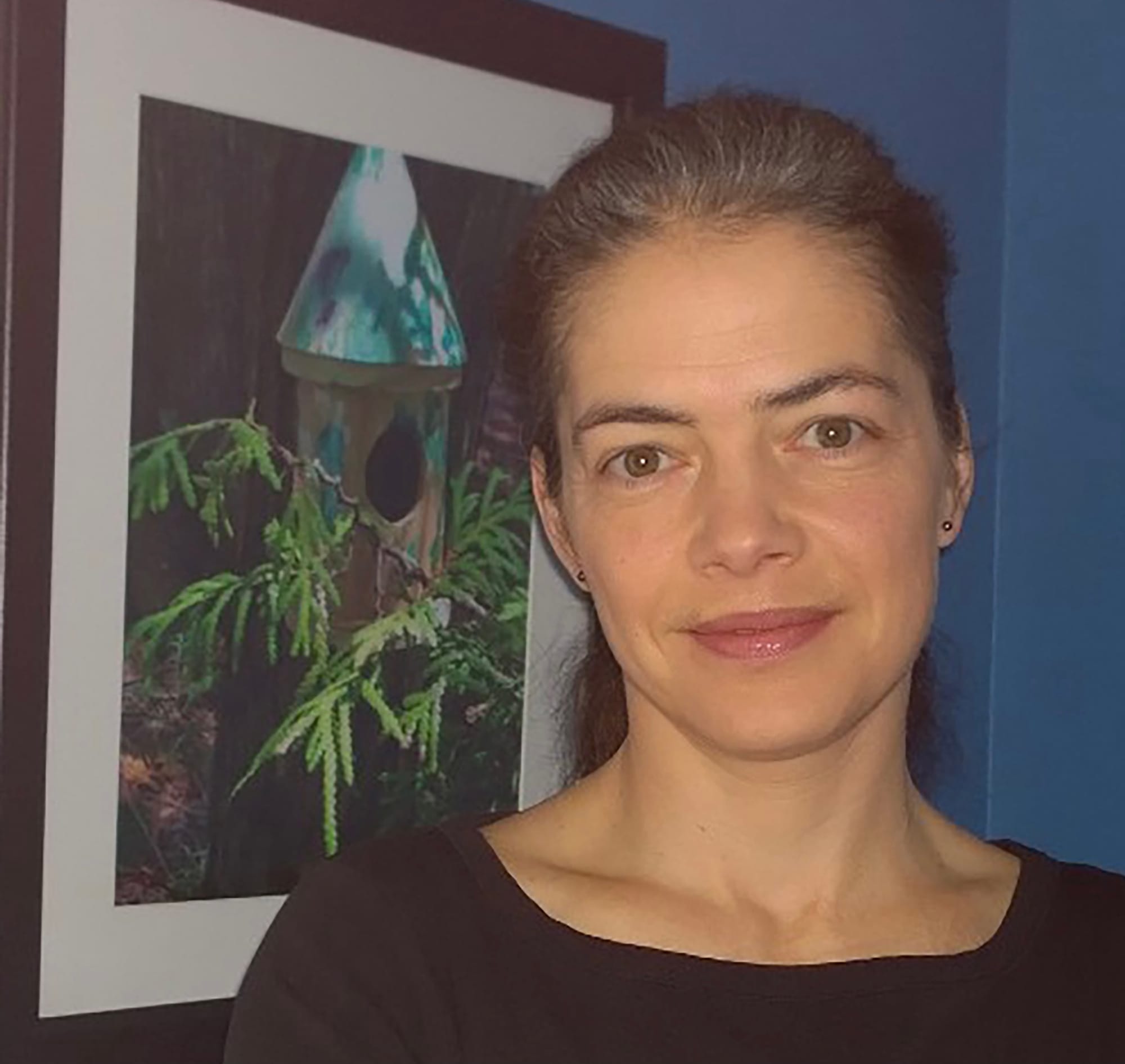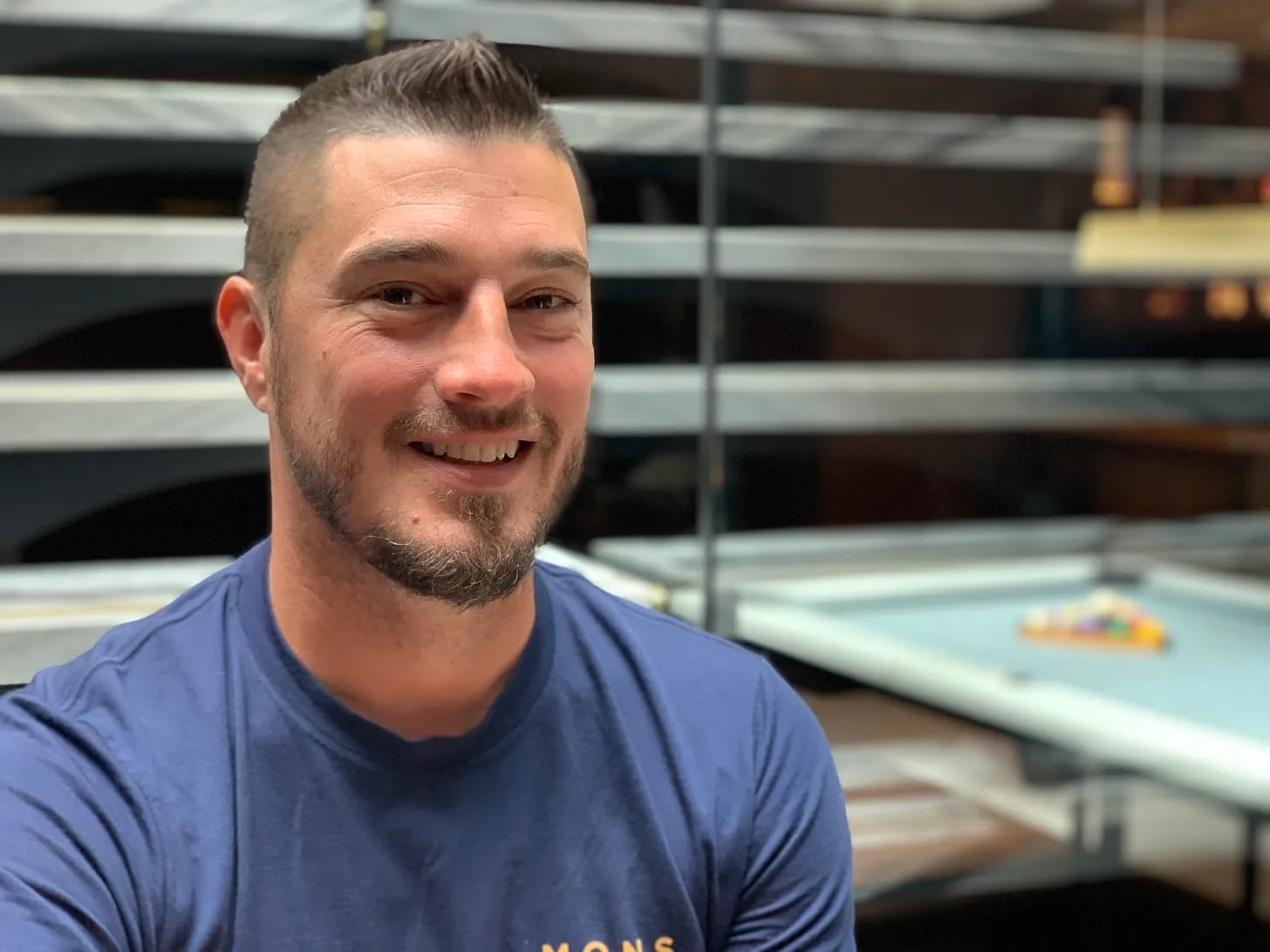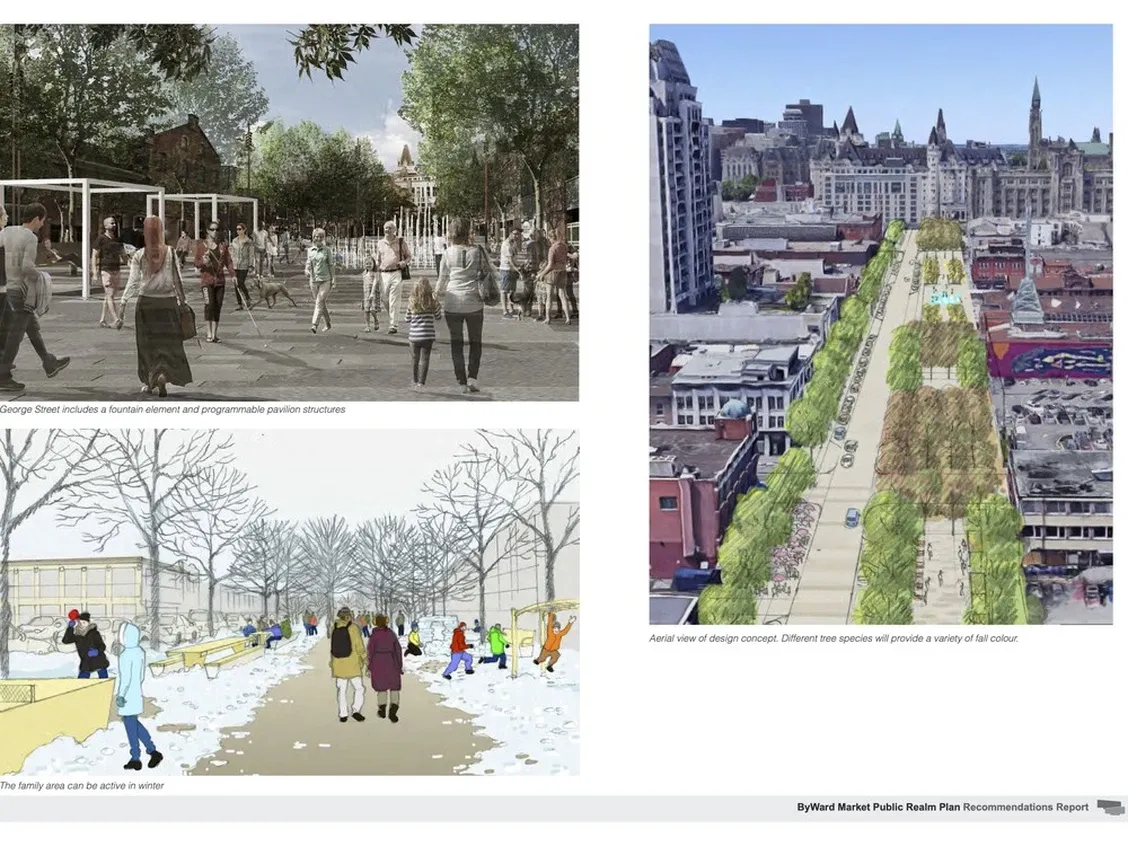John Bauters is the mayor of Emeryville, California (pop. 12,870 as per the 2021 census). (And other interesting parenthesis: in California mayors are not directly elected but chosen by council.) Emeryville is not far from San Francisco. I’ve never been to it, but I sure want to. I don’t remember how I caught wind of his work but we’ve been Twitter buds for some time now. When I heard he was headed to Montreal for some talks and a bike ride, I asked to meet him and he graciously accepted.
He describes himself on his website as a progressive leader, on his city’s Council since 2016. For 15 years he’s fought the structural and societal causes of poverty, previously working as a disaster relief director and eviction defense attorney. His main job now is “public policy and finance expert on the issues of homelessness, criminal justice reform, and community-based mental health services.”
And, lately, he has become something of a Twitter star. Those among you who follow him there will know that he was in Ohio last week. He got stopped on the street in Cleveland by people who love his work. It surprises him a lot.
“I’ve always been this way,” he says about his focus on active transportation and people-centred cities. “Why does everybody suddenly care?”
In some ways, he guesses he hit a “lucky switch” somewhere. Even his dog is famous now. She’s on two Emeryville murals. He finds the attention puzzling and a touch weird, but like a good progressive he’s using it to advance the issues he cares about.
Yesterday he was taking part in an event with Quebec mayors, many of whom did not know about him but now want to emulate a lot of the measures he’s taken to make his small town safer for everyone.
It’s not his first visit to Montreal, as he likes the city very much. He also spends a lot of time in Vancouver and Quebec City, has visited Edmonton, Calgary and Toronto, the latter of which did not impress him all that much on the active transportation front.
“Toronto is absolutely terrible,” he says. I nod vigorously. “The people in Toronto were lovely and the advocates there so badly deserve better from their government.”
He notes that in Vancouver, the implementation of the active travel plan has been great because they made sure “the grid is fully usable.” As in: there are no significant gaps in the active transportation network, like in some capital famous-for-tulips city I could name.
You’d think that a small, laid-back, progressive latte-sipping coastal California town would embrace everything Bauters is doing but that … is not true. Parking is the issue he gets the most pushback on. He cites the recent example of the 40th Street Project, which will remove all the parking on a major arterial turning into double directional cycle track, will close a number of side streets that cross it to guarantee continuity for bicyclists and pedestrians, along with transit islands and doesn’t that sound like a dream.
“When I do push for big projects like that, people will get agitated about stuff like [parking]. I’m a pretty even keeled person. I don’t let people shape the narrative. For me, the narrative is only safety.”
That’s because it’s a universal desire of the electorate. “It’s one of the few things people always agree on, is they want to be safe,” he says with a certain amount of animation in his voice, noting that active transportation infrastructure improves safety for everyone.
“I will listen to people and I will engage them publicly and practically about whatever they want to talk about. But in the end, I don’t let it become about ‘where does my car get stored?’ In the end, it’s about what is safe for everybody.”
Equity through active transportation
Bauters, who is openly gay, has many things to say about how complete streets and a fully multimodal view of the city are not only pro-equity but gender-affirming, too. “Data shows repeatedly that women [cyclists] feel more vulnerable on the road and statistically are more likely to be hurt by speeding vehicles, as a percentage of the total number of women who ride. Men are as a raw number more likely to be injured or killed on a bicycle but more men ride. And the reality is that when you look at Hornby Street in Vancouver, by way of example, when they actually eliminated the painted bike lane and put the actual barrier, this resulted in a 40% increase in the number of women who rode bicycles to work.”
Would you believe me if I said I was mightily tempted to get up from the cushy chair in the lobby of the William Gray hotel and do a happy dance? I couldn’t, because I was holding the recorder. You know, being a professional and everything. But I thought about it.
And then there’s kids. He recalls an email he got from an irate resident who complained about having to slow down in front of a school because of a separate cycle track protecting kids going through the intersection. That person accused the mayor of not having asked the community for permission to install this kludge that obviously hadn’t been designed by a professional since it was clearly unsafe.
“I always write back,” he starts with what I could swear was a touch of mischievousness in his eye. “Dear constituent. Thank you so much for your email about our Safe Routes to Schools program. This is in fact designed by a licensed civil engineer who’s employed by the city of Emeryville. And I’m happy to hear it’s functioning as intended. It’s slowing you down so that you make a very slow right turn before you make it across the crosswalk in front of the German language elementary school.”
He adds that municipal leaders have a duty to act now to improve safety for active transportation users, instead of waiting for someone to get hurt first. “I’m not going to tie a teddy bear to a light pole,” he says. “Not when I have the power and ability today to make the streets safe proactively so that every child goes to school and graduates someday.”
None of what Bauters has accomplished in his small California town is especially original or special. He basically took ideas that had already been invented and applied them locally.
The worst thing leaders can do is work incrementally. Instead they have to ask, “holistically what is our vision? And then to accomplish that vision, it takes action, steps, and not continuously talking about it.”
His message to fellow mayors is, you, too, totally can act now. “There’s no exclusivity. If you can do this, everybody should do this. It’s not that it’s always easy. You will definitely have people who don’t like it.”
But then, isn’t that true of everything everywhere that’s actually worth doing?
He likes to leave people he meets with one technical skill they can apply to disagreements and pushback against active transportation projects. It’s a bit long but I’m quoting it at length because I love you and know you’ll enjoy this.
“A lot of people who are upset about change, especially in having to have streets accommodate active traveling, they speak to us with their feelings. And we oftentimes speak with facts and even though it’s not intended, it comes off as condescending. So a person says ‘I am going to have a hard time parking, I’m not going to shop there.’ They’re just giving you what the issue is in their personal life. It’s making it inconvenient for them, they don’t like it. I always validate what they’re saying first. ‘So you’re gonna feel inconvenienced, yes. You feel this is unnecessary. Yes, you feel this is probably bad for business.’ I speak to people with my own feelings instead of combating their comments.
“I’ll tell somebody, I feel that children should be able to move independently safely. I feel that moms and dads should come home from work, I feel that people should be able to have an equitable, modal choice just like you, similar to you, and they don’t have to choose this. I’m not taking away your ability to move safely. Other people don’t currently have the ability to move safely. And the reason you don’t see people perhaps in this corridor is because it isn’t safe for them to move there. But they might want to patronize the same nail salon. And the obligation I have is to balance all those things. And so I hear that you feel inconvenienced, and I’m sorry you feel that way. But I think at a basic level communities have an obligation to provide for the common safety of everyone. And so if other people who have the right to make their own modality choices don’t have the same safe choices you have right now, I’m going to be focused on creating equitability in the safety of choices, so that everybody has a safe choice. And once we’ve accomplished that, we can then get into the details about how to make it more convenient for everybody. But right now, your convenience is not superior to the safety of others.”
I definitely think he should visit more often.




